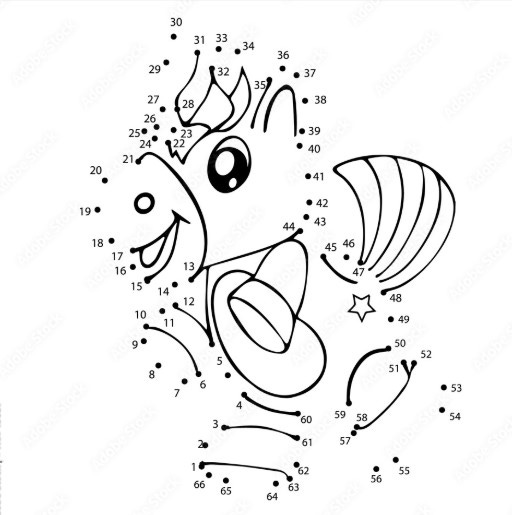From Customer hunting to Deal Desk: the dual challenge of Sales Professionals
And why we love it.
Once, during a business trip to visit a prominent customer—one of the top clients of the publicly listed company I was working for—the objective was clear: break into new departments, build relationships across the organization, and expand our business.
This phase of sales, often called "hunting," is one of the most exciting and challenging for many sales professionals.
If you and I were discussing this one-on-one, I’d tell you it has a lot to do with seduction. In sales, just like in seduction, it’s about attraction. It’s about understanding your prospect’s needs, winning their trust, and gradually drawing them closer to the relationship you want to build.
The importance of mapping the account
The client’s organization was vast, with multiple buildings, floors, and open spaces. It exemplified a classic “siloed” operation, where individuals within the same company were often unaware of colleagues just a few offices away. Such silos, common in large enterprises, are often shaped by internal politics, departmental rivalries, and sheer scale.
Throughout the day, I navigated the sprawling campus, engaging with various departments and stakeholders at different levels of the hierarchy. This exercise, known as "account mapping," involves identifying key decision-makers, understanding internal dynamics, and uncovering new business opportunities. While tools like LinkedIn can provide a preliminary organizational map and first-touch contact, nothing compares to face-to-face interactions when it comes to gaining insight into a company’s culture and internal workings. Often, the most valuable information comes from reading between the lines—what is implied but not explicitly stated.
The Deal Desk: the Gladiator’s arena
Later that evening, I returned to my hotel to prepare for a Deal Desk presentation—an entirely separate but equally critical aspect of the sales process. For those unfamiliar with the term, a Deal Desk is a cross-functional forum where sales professionals present exceptional or non-standard deals. It’s akin to a gladiatorial arena, with high stakes and significant pressure. After your performance, you await the thumbs-up or thumbs-down, as the fate of the deal hinges on the outcome.
Decisions made in this setting often determine the future of deals into which significant time and effort have already been invested. If you think you can’t say "no" to a customer, you haven’t been in a Deal Desk.
What makes the Deal Desk particularly challenging is the diverse audience. Presentations are made to senior representatives from departments like finance, legal, R&D, and operations—individuals whose priorities and concerns may differ from those of the sales team. In this setting, preparation is paramount. Beyond knowing your case, you must understand the broader organizational objectives and the specific KPIs driving each stakeholder’s perspective.
Presenting at a Deal Desk, though daunting, is invaluable. It pushes you to think beyond routine processes, navigate internal complexities, and gain a deeper understanding of decision-making within the organization. While all participants share a common goal—company success—they each bring their own departmental priorities and interests to the table, which must be carefully balanced.
Selling twice: externally and internally
Both account mapping and Deal Desk presentations share fundamental similarities. In both cases, success depends on building relationships, understanding the priorities of various stakeholders, and tailoring your approach to address their specific concerns.
When mapping an account, engaging with key customer stakeholders across departments is critical for uncovering opportunities and securing their support for your solutions. Similarly, at the Deal Desk, failing to connect with internal stakeholders beforehand can leave you at a disadvantage, with fewer allies and more resistance when presenting your case.
Another commonality is the need to “speak their language.” With a customer, this means framing your solutions in terms of their priorities, such as cost savings, operational efficiency, or market growth, depending on their role in the organization and their decision-making process. Internally, when addressing departments like finance, for example, you must articulate the deal’s impact on revenue, profitability, or cash flow—metrics that may not be of primary interest to R&D, support, or legal teams. The ability to adapt your communication to resonate with different audiences is essential for navigating both external and internal sales processes.
In conclusion
Complex deals bring challenges, excitement, and invaluable learning opportunities. However, they also require a dual approach: selling externally to customers and internally to your own organization. Success in both arenas is built on trust. Just as you must earn your customer’s trust to close a deal, you must also secure the confidence of your internal stakeholders to ensure organizational alignment.
Ultimately, successful B2B sales professionals excel at bridging these two worlds, balancing the needs of the customer with those of the company, and delivering solutions that satisfy all parties involved. This dual focus is the cornerstone of long-term success in a competitive, ever-evolving marketplace.
Now go talk to people.
Note: you might also be interested in “The Hidden Art of Selling Twice”



